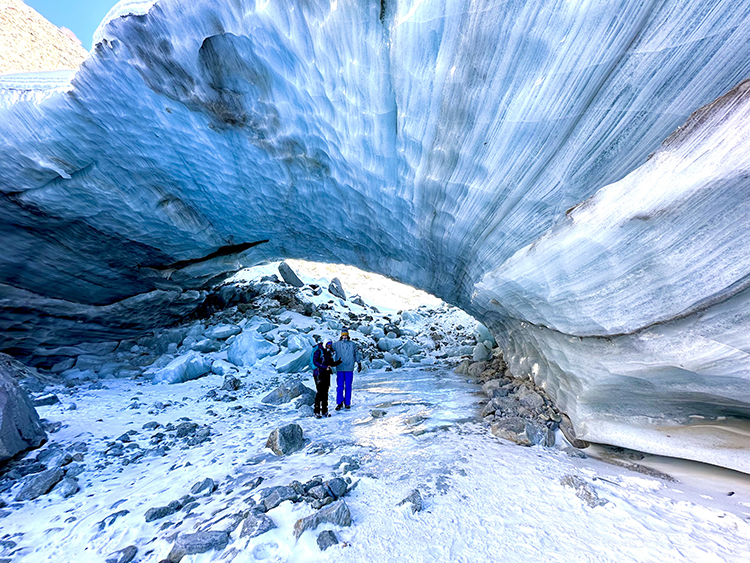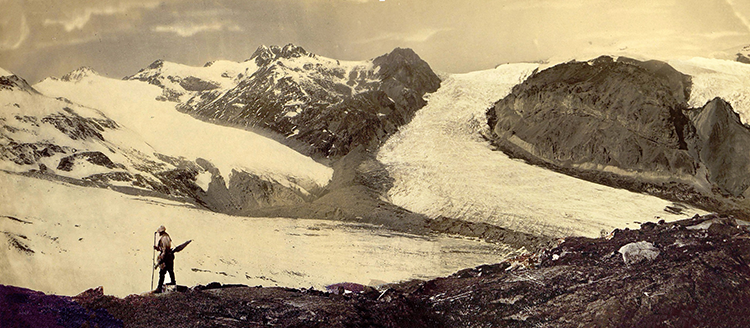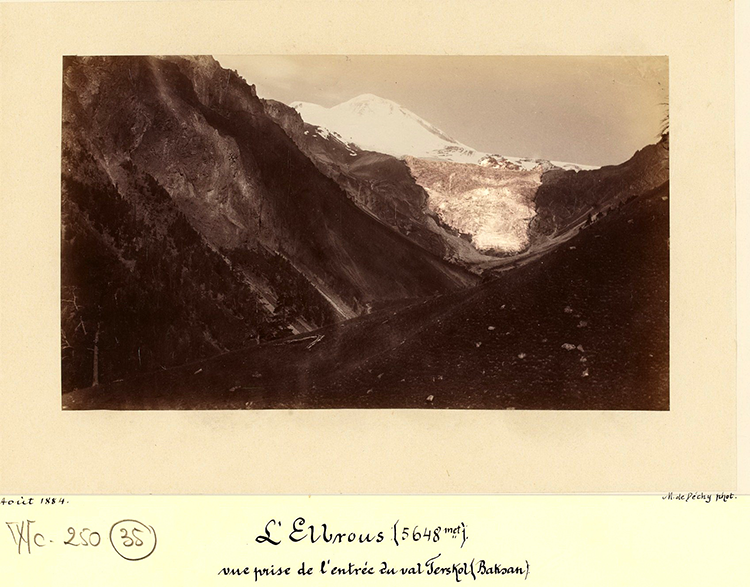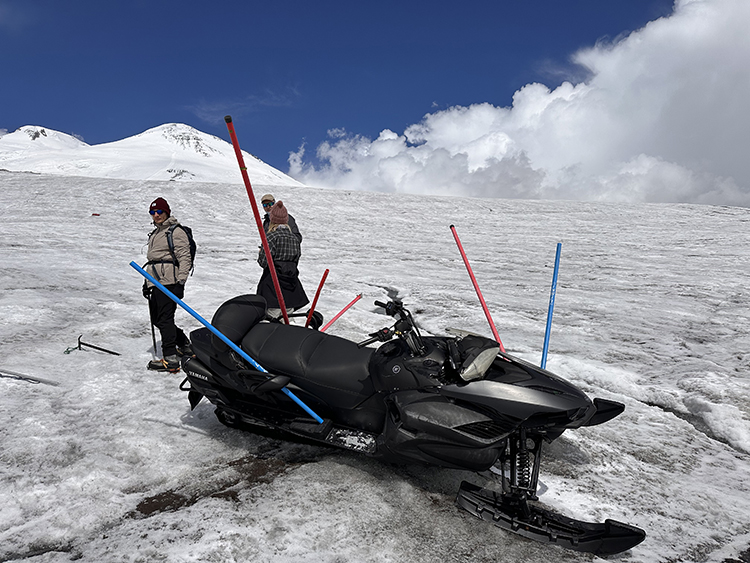pure mountains |
en | ru |
Though you're still able to access all information, if you fix it, you'll have a greater visual experience on the site.
alpine eco solutions
| news | project | activities | how to help | resources | team | contacts |
The International Year of Glacier Conservation has begun1 January 2025
UNESCO and the World Meteorological Organization have officially declared 2025 the "International Year of Glacier Conservation". Glaciers are found on all continents, in mountainous regions and along the edges of the ice sheets of Greenland and Antarctica. Today, there are more than 275,000 glaciers in the world. They cover an area of about 700,000 square kilometers. About 70 percent of the world's water resoures are stored in glaciers and ice sheets. Glaciers are the keepers of the planet's climatic history, the source of life for all living beings, and sacred places for representatives of many cultures. Nearly two billion people – one in four people on earth – live in areas that rely on glaciers and seasonal snowmelt for water. Their rapid disappearance is a stark reminder that By 2050, despite efforts to limit temperature rise, glaciers will disappear from a third of UNESCO’s 50 World Heritage sites. They currently Our life in the mountains is inextricably linked with glaciers. Tourists come to the mountains to admire their snow-white beauty, skiers Melting glaciers are a problem, the consequences of which few people know about. We, living at the foot of Mount Elbrus with the most massive glaciers in Europe, are eyewitnesses of the process of melting and disappearance of glaciers. Over the past 10 years, they have retreated many hundreds of meters. As recently as the middle of the last century, local shepherds milked cows in the gorges, cooled and stored milk in glaciers, which today are only reminded of by bizarre rocks, moraine ramparts along the edges of the gorges and mountain lakes. Glaciers are retreating at an unprecedented rate, changing the world landscape. Despite their critical role in environmental stability, countries do not always take the associated problems and potential consequences into account when establishing their politics. Glaciers can be saved by reducing greenhouse gas emissions and adopting special strategies. Using indigenous knowledge, meteorological data and scientific analysis will provide a comprehensive and inclusive basis for Measures to protect glaciers should include the establishment of protected areas, continuous monitoring, environmentally friendly land use practices, the implementation of integrated water resources management and the development of warning systems to combat cryospheric risks. To preserve Elbrus glaciers, it is necessary to limit, and in some cases stop: - movement of vehicles with gasoline or diesel engines (snow groomers, snowmobiles) on glaciers, processing of pistes on glaciers with snow groomers; The need for immediate action is justified by the fact that our local populations may suffer due to the deterioration of fresh water quality, and further development of sustainable forms of tourism in the near Last summer, our team not only helped with the removal of environmentally hazardous waste on Elbrus glaciers, but also drew public attention to a broken snowmobile abandoned on the glacier, marking it with poles before the snowfalls, for subsequent evacuation. The evacuation was carried out with the support of the drivers of the snowcats of "Elbrus Ski Resort". Thank you very much, guys! Our future depends on preserving glaciers! Let's save them together!  The end of Bashkara Glacier in Adylsu Gorge, Januar 2025  The Bolshoy Azau Glacier in the 1880s  Terskol Glacier in 1884  Our Elbrus climbing group evacuating a broken snowmobile on Elbrus glaciers, September 2024 
|
||
|
|||||